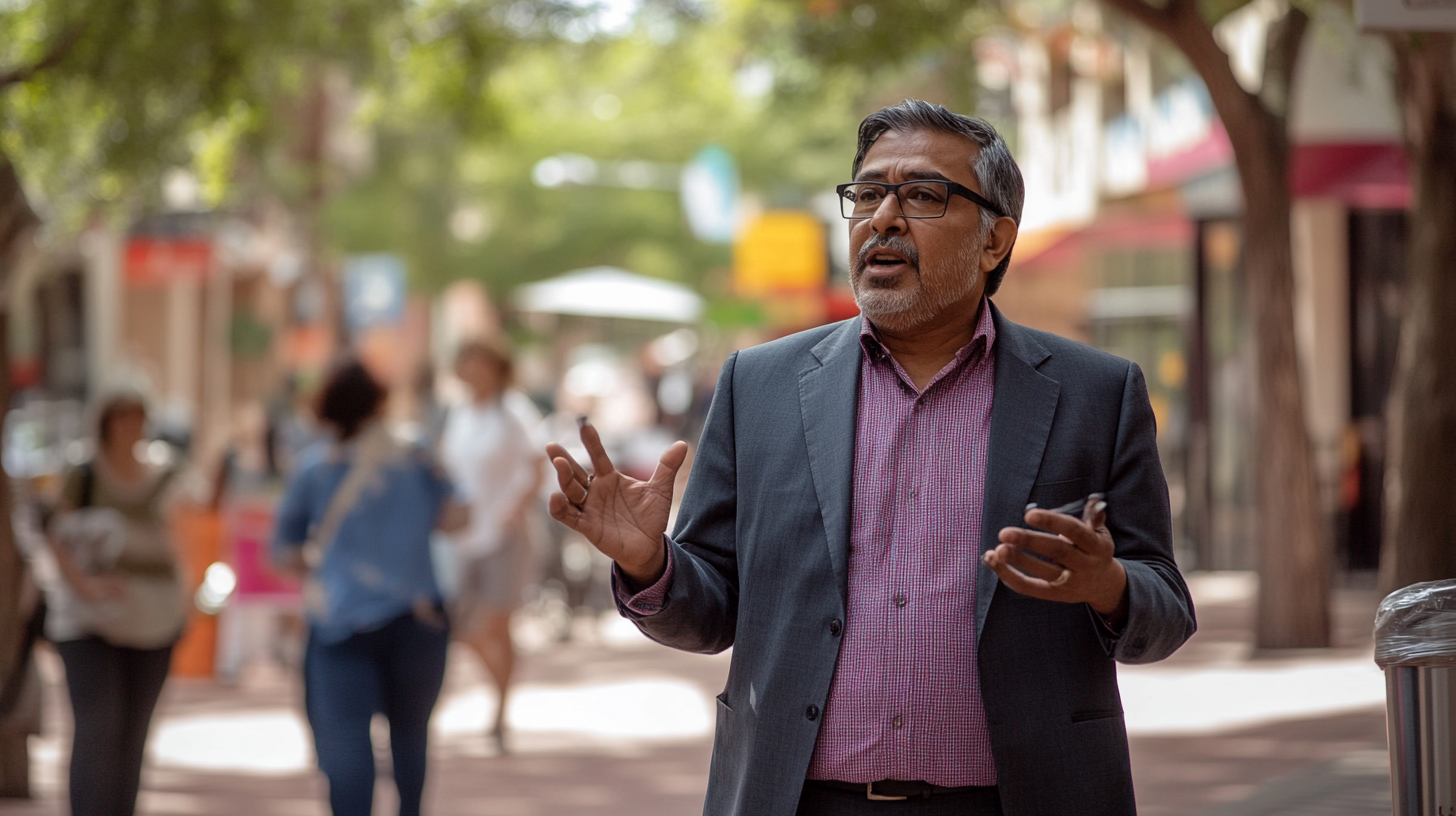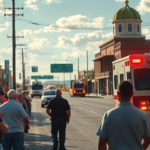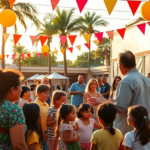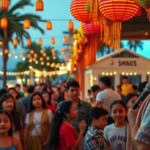Pisharodi: We Irritated the Bats and They Got Their Revenge on Us
In a thought-provoking interview with the Rio Grande Guardian, Dr. Madhavan A. Pisharodi, a renowned neurosurgeon based in Brownsville, Texas, has shared compelling insights into preventing future coronavirus pandemics. This discussion sheds light on the potential consequences of human interference with bat habitats, a topic that holds particular relevance for the bio-diverse region of the Rio Grande Valley (RGV).
A Visionary Approach to Pandemic Prevention
Dr. Pisharodi, who has practiced medicine for over 30 years, is no stranger to innovation, holding numerous patents in solar and renewable energy industries. His latest endeavor, however, takes him into the realm of epidemiology with his book, “Corona: Be Not Proud.” In it, he advocates for unconventional yet forward-thinking strategies to address pandemics, moving beyond temporary measures such as lockdowns and mask mandates.
A central theme in Pisharodi’s research is the interplay between bats and virus resistance. He notes that bats carry a significant proportion of coronaviruses and posits that human experimentation and intrusion into their habitats have contributed to adverse health effects on humans. “One of the chapters in my book is about the revenge of the bats, how we invaded their housing,” Pisharodi said. His provocative assertion that “we went and irritated them, and they are having revenge on us now” challenges society to consider the broader ecological impacts of its actions.
Local Impact: Relevance to the Rio Grande Valley
For the RGV, an area rich in wildlife and ecological diversity, Pisharodi’s remarks highlight the importance of sustainable environmental practices. The Valley is home to various bat species, and understanding their role in the ecosystem is crucial for safeguarding public health.
Jim Chapman, a local environmentalist and president of the Rio Grande Valley Nature Conservancy, emphasizes the significance of this connection. “Our region’s unique ecology makes it particularly sensitive to disruptions. Protecting wildlife habitats must be a priority to prevent possible health crises,” he stated.
Moreover, the discussion around bats and disease transmission is not new in South Texas. The outbreak of COVID-19 served as a wake-up call, emphasizing the fragility of the human-nature interface. Recent conservation efforts in the RGV have focused on preserving natural habitats, a mission that aligns with the insights shared by Dr. Pisharodi.
Challenges and Opportunities
While Dr. Pisharodi’s ideas add a valuable perspective to pandemic prevention, they also raise questions about feasible implementation. Sean Diaz, a public health official in Cameron County, acknowledges the challenges but also the opportunities they present. “Engaging with innovative ideas is important as we develop comprehensive health strategies. Collaboration between medical experts and environmentalists can lead us towards more resilient healthcare systems,” Diaz said.
Balancing human development with ecological preservation remains a complex issue, especially in rapidly growing communities like those in the Valley. The challenge lies in fostering economic growth while maintaining ecological integrity—a task that necessitates cross-disciplinary efforts and community involvement.
Path Forward: Future Implications for the Community
Pisharodi’s insights remind Valley residents of the intertwined fate of humans and nature. Policymakers and community leaders in the RGV must consider these factors in city planning and public health strategies. As efforts to enhance healthcare access continue, as seen in recent discussions around mobile clinics spearheaded by regional leaders, integrating sustainable practices could form part of the region’s comprehensive healthcare approach.
These discussions also offer an opportunity to further public education on the importance of biodiversity and its direct impact on public health. Local organizations, such as the Rio Grande Valley Nature Conservancy, can lead educational initiatives that align with these revelations.
In conclusion, while Dr. Pisharodi’s theories on bat habitats provoke thought and discussion, they also prompt action. For the RGV—a region abundant in natural beauty and ecological complexity—this could mean a strengthened commitment to harmonizing environmental stewardship with human enterprise, enhancing life for both Valley residents and the region’s natural inhabitants.
Residents interested in exploring this topic further or participating in conservation efforts can reach out to the Rio Grande Valley Nature Conservancy or tune into ongoing programming by the Rio Grande Guardian.
### Keywords:
– RGV news: Rio Grande Guardian offers insightful discussions with Dr. Pisharodi.
– Local impact: Potential virus mitigation strategies affecting the Valley.
– Community interest: The role of wildlife conservation in public health.
– Valley residents: Stakeholders in implementing sustainable practices.
– South Texas: Region at the forefront of ecological and health initiatives.







